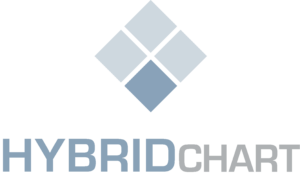Workflow solutions are becoming increasingly popular and utilized more in Healthcare. What isn’t as clear is what workflow optimization really means to a practice’s bottom line. Among others, good solutions can cut overhead, eliminate errors and redundant work (improving staff efficiency), and ultimately help provide better patient care.
In the average medical practice, the workflow is continuously interrupted and gaps in processes are everywhere. Missing charge sheets means a hospital service doesn’t get billed. Patients discharged from the hospital are not called for follow-ups. Provider handoffs can be long and inefficient. Communication between providers and staff can be difficult. The list is endless. Anything that helps optimize these processes can affect a practice’s bottom line and help everyone get the efficiency they need in a busy day.
Workflow optimization systems can also collect metrics for quality analysis. They show how fast each process currently goes, which processes are working well, and which processes are hitting roadblocks and need improvement. Metrics can also track high-risk patients and outcomes of treatments.
Ideally, if everyone in the practice can efficiently do what needs to be done when it needs to be done, the whole practice will be more streamlined and more profitable. The objective is to avoid waiting for someone else to do his or her job, so you can do yours.
As great as workflow optimization sounds, solutions have to be developed to fit a provider’s workflow, not control or change their behavior. More often than not, if a tool disrupts a provider or staff member’s current workflow, it will stop being used. On the other hand, in order improve new solutions, providers and staff whose practice is using new software need to welcome these solutions and actively participate in providing feedback to improve new technology. Healthcare can only be improved with providers leading the way. HybridChart was developed by a practicing physician, for physicians.





